Gyokucho Pruning Shears
Item: TS179
The Gyokucho Rakunandesu Anvil Pruning Shears.
Five years were spent developing these shears in conjunction with fruit farmers and gardeners.
We've had a play, and we love them!
![]() In stock
In stock
Age Restricted Item
To purchase this item you are confirming that you are over the age of 18 and it will be delivered / received by an adult. We will verify your age before dispatching the order, this might involve us contacting you.
Product Description
The Gyokucho Rakunandesu Anvil Pruning Shears. Five years were spent developing these shears in conjunction with fruit farmers and gardeners. We've had a play, and we love them!
- Adjustable Anvil Pruner.
Compared to general pruning shears, anvil pruning shears don't put so much stress on the wrist.
To replace a blade, you just need to take off one screw. The anvil can be also replaced by sliding it out. No need to adjust the position of the blade.
The blade and the anvil work just like a kitchen knife and a cutting board. For both right hand users and left hand users.
- Force is concentrated on the cutting surface.
Force is efficiently applied on the material, making it easier to cut. They are designed in a way that when the blade and the anvil are open, thick materials can fit in at the very back of the opening. You can easily prune big branches.
They give you clean cuts, and they do not damage the cutting surface. So they are great for flower arrangement. You can also use them for grafting.
- Adjustment for opening angles.
Opening angle can be adjusted depending on the size of your grip. Those with smaller hands or those who can not apply much force can easily use them. For working more efficiently, opening angle can be adjusted to two different types.
- Adjustment for spring strength.
Tension spring is used on Rakunandesu pruning shears. Spring is placed inside the grip, so you do not have to worry about touching it or losing it while you work with it.
Strength of the spring can be adjusted to three different types depending on the user.
- Grip and open safety lock.
When you grip the pruner, the lock opens. You can put the lock back with just one hand. Just grip it, and press a hook against your leg or body, and the lock is back on.
Three lock positions. The first position is if you want to put the lock on with one hand. The second position is with the hook all the way out for not locking. The third one is the hook completely inside the handle for putting it in the pruner case.
- Light handle.
The weight of the item itself can be the cause of stress on your hand. Alminum die cast alloy is used on the grip, so it's light but can withstand hardwork.
Elastomer resin is used on the grip for comfort.
- Impulse hardening on the tip of the blade edge.
The blade is treated using a technique called special impulse hardening just like on their handsaws.
Impulse hardening is done only on the tip of the blade edge. This prevents blade from cracking.
- Small hole for putting a strap.
There is a strap hole for working at high place. You can avoid losing the shears by wearing a strap on your wrist.
- Adjustment free blade.
1. In a closed position, unscrew the screw on the blade using a screwdriver or a coin.
2. Slide the anvil out towards the tip of the anvil in an opened position.
3. Put a slotted screwdriver or something else that has a tip thinner than 4mm in between the anvil and the body, and slide it out to the direction of an arrow.
4. Slide the new anvil in all the way to the end.
5. Put the new blade in the metal spine.
6. Grip the handles and close the anvil and put the screw back on the blade.
Collect in Store
This item is available for collection.







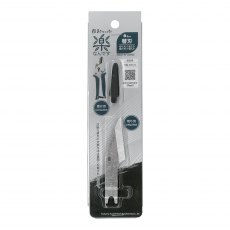
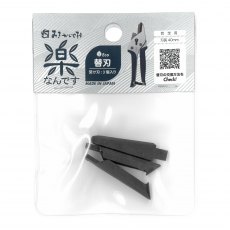
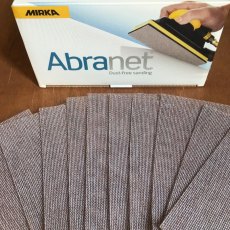
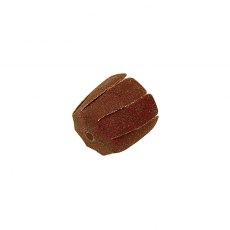
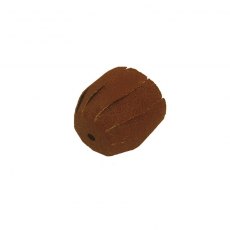
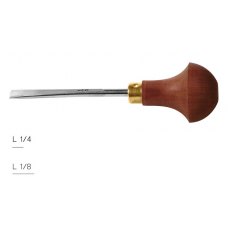
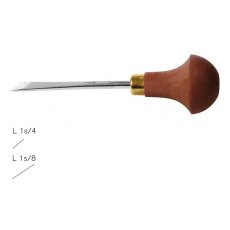
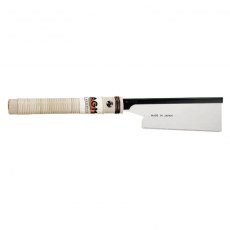
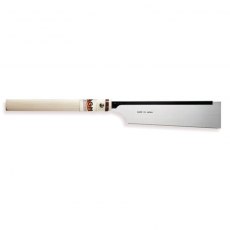
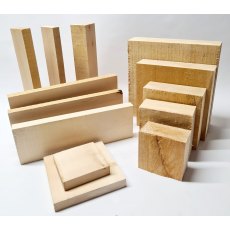


Write the first review